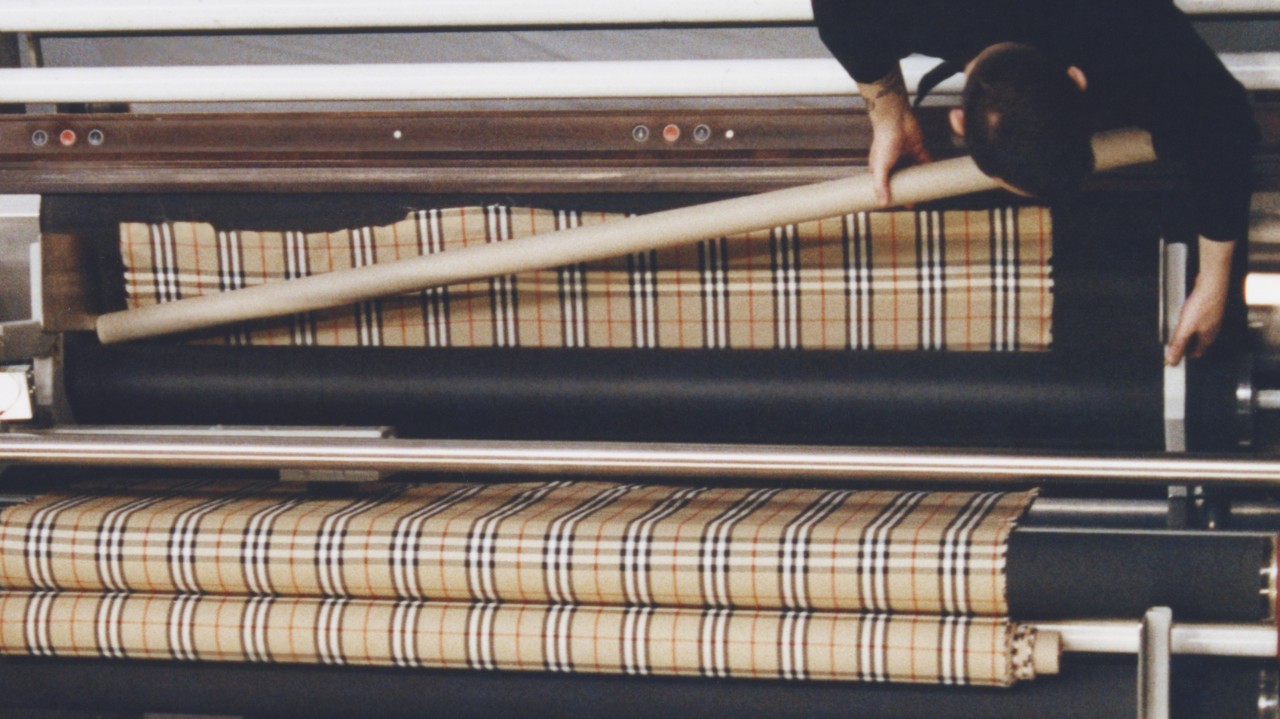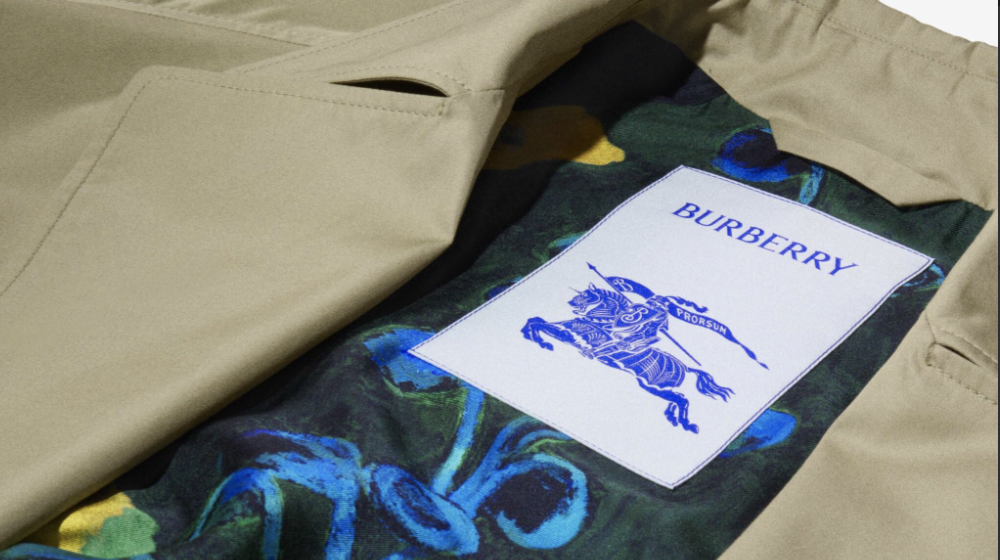Product
Through textile innovation, Thomas Burberry elevated outerwear performance and enhanced its ability to protect explorers from the elements. As part of our ongoing commitment to responsible craftsmanship, we have set targets to incorporate certified and responsibly sourced key raw materials into our products, embed circular business models and eliminate plastic from our packaging.
Our Targets
- 100% of key raw materials in our products are to be certified or responsibly sourced by FY 2029/30 (as defined in our Sustainable Raw Materials Portfolio)1
Continue to evolve our aftercare offer and trial new circular business models.
- Eliminate plastic from our consumer packaging by FY 2025/26
- Eliminate unnecessary plastics used in transit packaging and maximise recycled content (with at least 50% of plastic to be made from fully recycled content) by FY 2029/30
To learn more about our targets, visit our Annual Report.
Our Progress Highlights
84%
of key raw materials in our products were certified or responsibly sourced2
100%
of leather sourced from certified tanneries
c. 37,000
products repaired or refreshed using our product aftercare services3
33
countries and territories with stores offering one or more aftercare services
390
stores offer one or more of our aftercare services
100%
of our consumer paper-based packaging is widely recyclable
Our Commitments in Action
Our Sustainable Raw Materials Portfolio
We take a portfolio approach to the raw materials used in our products, as we recognise the need for multiple raw materials sourcing standards. This approach enables us to champion the use of more responsibly sourced and lower impact materials, and to track the progress of our target to reach 100% certified or responsibly sourced key raw materials by FY 2029/30.
Our Sustainable Raw Materials portfolio sets out the accepted certifications and responsible sourcing criteria we require across our core raw materials – cotton, synthetics, viscose, wool, leather, feather and down.
We partner with internal teams and with supply chain partners to increase the use of more responsibly sourced materials within our products. In FY 2024/25, 84% of key raw materials in our products were certified or responsibly sourced (as defined by our Sustainable Raw Portfolio).
In FY 2024/25, we participated in the Textile Exchange Materials Benchmark to track the fibers and raw materials we source and to report on our strategic approach using an industry-recognised framework. Find out more on Textile Exchange's website.
More information on our Sustainable Raw Materials Portfolio can be found in our Basis of Reporting.
1 Scope of the metric applies to all main materials and down filling, where more than 50% of the composition within the specific material is either cotton, synthetics including polyester, nylon, thermoplastic polyurethane (TPU) and polyurethane (PU), leather, wool, down and feather, or viscose.
2 See EY’s Independent Limited Assurance Report and our Sustainability Basis of Reporting FY 2024/25 for further details.
3 Approximate number, see our Annual Report FY 2024/25 for further details.
4 Key raw materials refers to cotton, nylon, polyester, viscose, wool, leather, feather and down of which traceability is obtained to country of origin level at minimum
6In FY 2023/24, we reported the percentage of plastic packaging made with a minimum of 20% recycled plastic. In FY 2024/25, we increased our KPI threshold for recycled plastic content from a minimum of 20% to a minimum of 50%.

